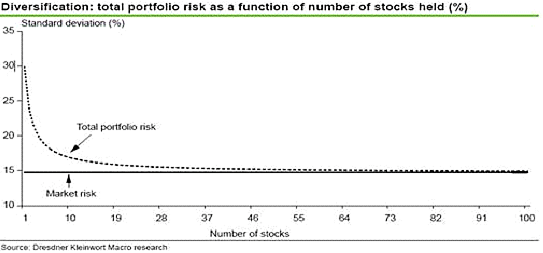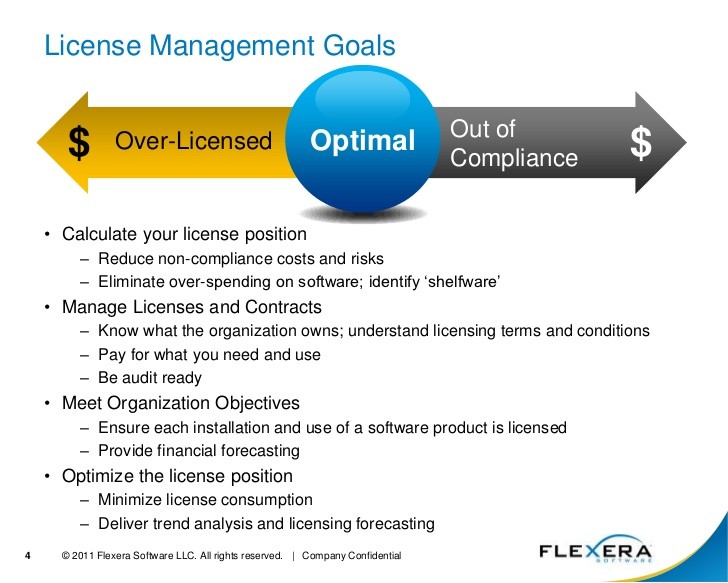How Optimal Position Size Reduces Risk
Post on: 24 Июнь, 2015 No Comment

How Optimal Position Size Reduces Risk 5.00 / 5 (100.00%) 1 vote
Investors spend a lot of time analyzing the movement of asset prices but pay little attention to the size of their positions. They often leave it to chance and decide on a whim based on whether the market is going their way or not. If it is, then they increase the size. If its not, then they reduce their position. Some have a set figure that they use no matter what is happening in the real world. This haphazard way of doing things exposes them to great risks that could wipe out their accounts. Following a structured approach is much better as optimal position size reduces risk.
Optimal Position Size Reduces Risk
The Stop Level
In order to determine the optimal position size, an investor must first decide on a suitable stop level. This is the point at which losses are determined to be large enough to merit an exit to stop the bleeding. In other words, it is a protective mechanism that keeps things objective and prevents the trader from over-indulging in the hopes of turning the tide. The stop level should not be picked at random as a very low choice can result in massive losses while a very high choice may be easily reached by minor market fluctuations.
The Risk Factor

The next item to be determined is the risk factor that the investor should take. This will be primarily dependent on the size of the account. A few thousand dollars invested in the stock market or in binary options trading is considered as relatively small. Accounts in this range are advised by experts to stake one to three percent in their trades. This will allow them to gain significant profits without undue exposure to risk. For accounts which are in the hundreds of dollars, even a single percentage might be too much for a single transaction. A fraction of a percent is often employed on multiple positions.
Optimal Positioning Example
Let us say that an investor has $10,000 in his account and he chooses a risk factor of 1% to be on the safe side. This means that the maximum loss which will be tolerated on a trade will be $100. When playing in the stock market, we have to match the stop level with the number of shares. If the stop level is at $0.50, then the number of shares should not exceed 200. This means that if ever the current price of the stock falls by 50 cents then the value of the shares will drop down by $100. Upon breaching the point of tolerance, the investor must exit immediately.
It can be clearly seen how optimal position size reduces risk by confining possible losses to a tiny fraction of the total account. This positioning strategy should be considered early in the planning stages before executing any trade for guidance and peace of mind.














